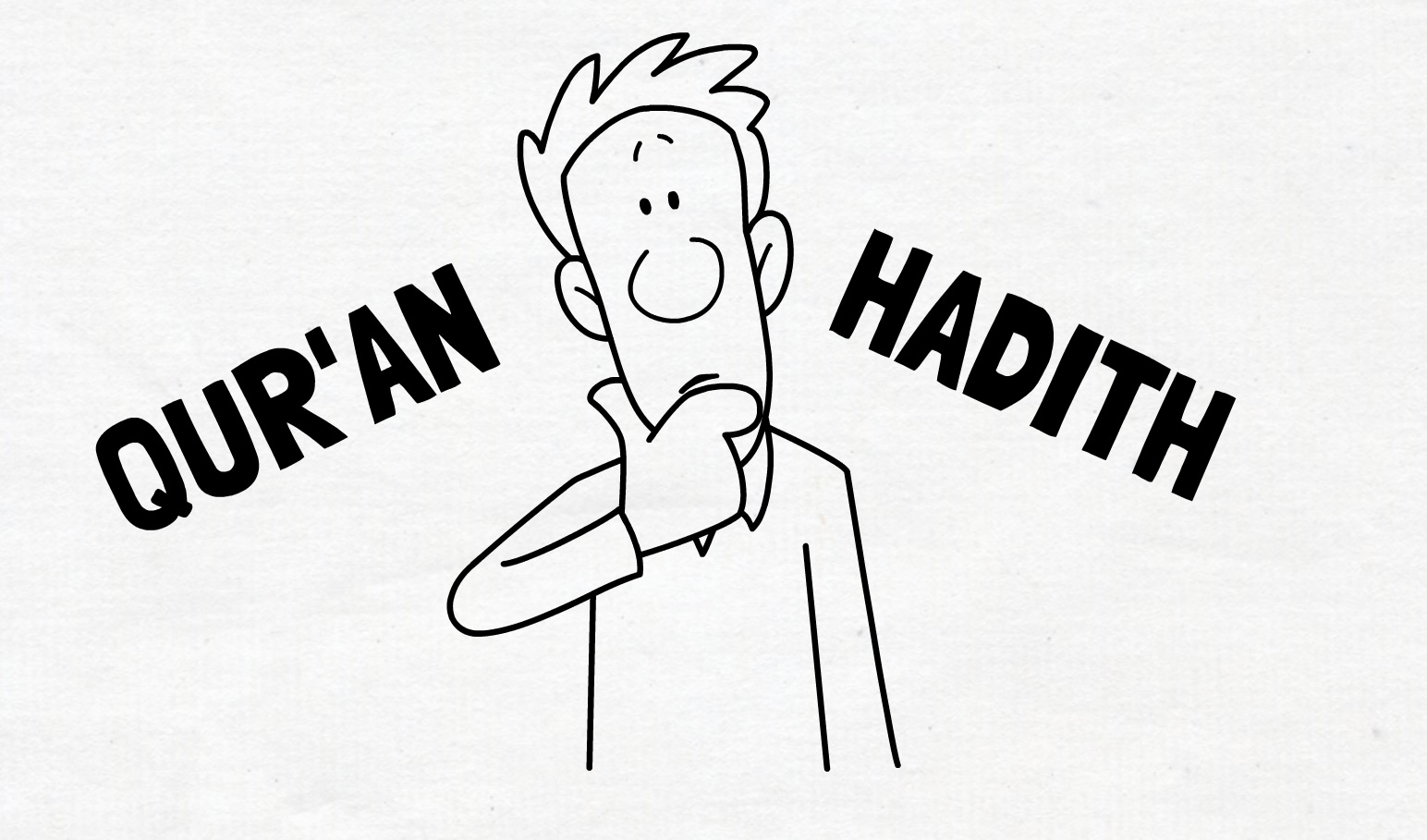The Second Station of the Fourteenth Flash (Part 6)
NOTE: The quoted passages are from Ustadh Bediuzzaman’s book and the commentaries below them are my own.
Yes, the existence and certainty of divine mercy is as visible as the sun. For just as a central pattern [in a woven tapestry] is a result of the order and situation of the weft and warps coming from every direction; so too the glowing wefts extending from the manifestation of a thousand and one divine names in the vast sphere of this universe, weave such a seal of compassion and a pattern of affection within a stamp of mercy, and weave such a seal of assistance (inayah) on the face of the universe that it presents itself to the minds [in a way which is] brighter than the sun.
Yes, That Merciful One of Beauty Who arranges, by the rays of those one thousand and one names, the sun and the moon, elements and minerals, plants and animals like the weft threads of a grand pattern [in a woven tapestry] and makes them servants of life; and [the One] Who shows His affection through the very sweet and self-sacrificing affection of all plant and animal mothers; and [that Who] subjugates the living beings to human life and from that shows a very beautiful and sweet grand pattern of divine Godhead and [reveals] the importance of the human being, and shows the most glowing mercy; [that Merciful One of Beauty] has certainly made His mercy an acceptable intercessor to His own absolute sufficiency for the living beings and humans within absolute neediness. Oh man! If you are a human, say Bismillah Ar-Rahman Ar-Raheem [“In the Name of Allah, the Merciful, the Compassionate”] [and] find that intercessor.
A central pattern in a woven tapestry is a result of the order and situation of the threads. In other words, the existence of the central pattern is evident, since the order and situation of all threads primarily serve the center of a pattern. Similarly, the existence of divine mercy is evident by the “glowing wefts extending from the manifestation of a thousand and one divine names in the vast sphere of this universe”.
What do the “glowing wefts” in the passage refer to? As seen in the second paragraph, examples of wefts include the sun, moon, animals, plants, and other beings. Recall the manifestation (tecelli) of God’s names in various beings of the universe as discussed in The Second Station of the Fourteenth Flash (Part 1) and Appendix A. The author states that the glowing wefts are those that extend from the manifestation of the names of God, as illustrated in the examples below.
Examples:
A mother, for instance, is a “weft” and God manifests His mercy through her (i.e. a mother possesses a manifestation (cilve) of the name Ar-Raheem (The Compassionate)). The love and affection of a mother towards her child is a “glowing weft” which extend from the manifestation (cilve) of the name Ar-Raheem.
A chemist is a “weft” and God manifests His knowledge through her. In other words, a chemist possess a manifestation (cilve) of the name Al-Alim (The Knowing). The knowledge resulting or extending from this manifestation (cilve) is a “glowing weft”.
Finally, how many names does God have? Why does the author say “a thousand and one divine names”?
There are ninety nine names of Allah ﷻ of particular significance as seen in the following ahadith[1],
حَدَّثَنَا عَمْرٌو النَّاقِدُ، وَزُهَيْرُ بْنُ حَرْبٍ، وَابْنُ أَبِي عُمَرَ، جَمِيعًا عَنْ سُفْيَانَ، – وَاللَّفْظُ لِعَمْرٍو – حَدَّثَنَا سُفْيَانُ بْنُ عُيَيْنَةَ، عَنْ أَبِي الزِّنَادِ، عَنِ الأَعْرَجِ، عَنْ أَبِي هُرَيْرَةَ، عَنِ النَّبِيِّ صلى الله عليه وسلم قَالَ ” لِلَّهِ تِسْعَةٌ وَتِسْعُونَ اسْمًا مَنْ حَفِظَهَا دَخَلَ الْجَنَّةَ وَإِنَّ اللَّهَ وِتْرٌ يُحِبُّ الْوِتْرَ ” . وَفِي رِوَايَةِ ابْنِ أَبِي عُمَرَ ” مَنْ أَحْصَاهَا ”
Abu Huraira reported Allah’s Messenger (ﷺ) as saying:
There are ninety-nine names of Allah; he who commits them to memory would get into Paradise. Verily, Allah is Odd (He is one, and it is an odd number) and He loves odd number. And in the narration of Ibn ‘Umar (the words are):” He who enumerated them.”[2]
and,
حَدَّثَنَا أَبُو الْيَمَانِ، أَخْبَرَنَا شُعَيْبٌ، حَدَّثَنَا أَبُو الزِّنَادِ، عَنِ الأَعْرَجِ، عَنْ أَبِي هُرَيْرَةَ، أَنَّ رَسُولَ اللَّهِ صلى الله عليه وسلم قَالَ “ إِنَّ لِلَّهِ تِسْعَةً وَتِسْعِينَ اسْمًا مِائَةً إِلاَّ وَاحِدًا، مَنْ أَحْصَاهَا دَخَلَ الْجَنَّةَ ”. {أَحْصَيْنَاهُ} حَفِظْنَاهُ.
Narrated Abu Huraira:
Allah’s Messenger (ﷺ) said, “Allah has ninety-nine Names, one-hundred less one; and he who memorized them all by heart will enter Paradise.” To count something means to know it by heart.[3]
Hence, the believers are encouraged to learn and to live by these ninety-nine names of God. Yet these names are far from encompassing the totality of the names of Allah (ﷻ). However the exact number is not universally agreed upon by Islamic scholars. While some scholars believe there are a thousand and one names, others believe there are four or even five thousand names.[4]
That being said, “a thousand and one” is also a Turkish expression implying a large quantity. Saying you have “a thousand and one chores”, for instance, implies that you have an overwhelming number of chores and not necessarily that precise number. It is similar to in usage to the words “hundred” or “thousand” in English when used to imply abundance and profusion rather than a precise quantity (eg “a hundred chores”).
It’s not clear if the author holds the view that there are precisely a thousand and one names of God or if he simply implies the abundance of those names.
[1] “Ahadith” is the plural form of “hadith”
[2] Sahih Muslim 2677 a, Book 48, Hadith 5
[3] Sahih al-Bukhari 7392, Book 97, Hadith 21
[4] http://www.sorularlaislamiyet.com/article/15089/allah-in-1001-ismi-var-oldugu-dogru-mudur-el-malik-ve-el-melik-in-farki-nedir.html



